The great management rethink
“Flatten the hierarchy.” “Automate the admin.” “Empower self-managed teams.”
The rallying cries of the past few years have left many organisations wondering whether middle managers are an endangered species. Yet, new research suggests the opposite: companies that invest in their “power-to-the-middle” capability materially outperform peers on growth and engagement metrics.
What is changing, rapidly, is the job description. Today’s middle manager is no longer a task overseer but a culture catalyst, coach and strategic conduit between board-level vision and on-the-ground execution. We’ve been approaching this shift with a specific Managing with Impact lens, and it demands a totally different skillset from the traditional “command-and-control” model.
A job stretched by technology and turbulence
Hybrid work and generative AI have turned a once-local supervisory post into a systems-integration role. A recent survey of global executives reports that almost one-third plan to hire managers who can orchestrate collaboration between humans and AI agents within the next 18 months (McKinsey) – a task that demands ethical judgement as much as technical fluency. Meanwhile, restructures, ESG scrutiny and geopolitical shocks arrive in rolling waves, so middle managers now run permanent change programmes rather than occasional initiatives.
From oversight to impact
Whenever I enter an organisation, I pose a diagnostic question: Are your managers merely coordinating tasks, or are they ensuring that the work feels meaningful? Over the years I’ve found that the answer rests on three intertwined practices.
Engage hearts before hands. Data dashboards keep multiplying, but nothing sharpens focus like a clear “why.” The best managers I observe start meetings by naming the value a sprint will create, not the widgets it will produce. Purpose flips the mental switch from compliance to curiosity. They also flex their style – issuing crisp instructions in a crisis, then shifting to open-ended questions when reflection is warranted. Hybrid teams, in particular, can’t thrive on one-note supervision; they need leaders who read context and adapt.
Enable ownership, not oversight. Swap the ten-item task list for one crystal-clear outcome— “Cut customer wait time to under two minutes by Friday.” Agree the red lines (budget, safety) and step back. Check progress in a 10-minute huddle: What’s working? What’s the next smart move? When teams own the route, work feels like a shared mission rather than a chore, and the manager becomes a momentum coach instead of a traffic warden.
Elevate capability through change. Disruption used to be a chapter in the calendar; now it’s the backdrop. In this reality, learning can’t be an annual away-day. Effective middle managers treat every project milestone as a pop-up leadership lab: rotating ownership, running swift decision ‘retrospectives’, capturing lessons in shared playbooks. Teams led by managers who spend more time coaching consistently outperform those with identical resources but less developmental focus.
These practices – engage, enable, elevate – turn the middle layer from a checkpoint into a catalyst. They’re not a branded framework; they’re the distilled, consistent behavioural patterns I see in managers who move the dial on both performance and culture.
What HR needs to redesign
If the role has evolved, the support architecture must evolve too. Job descriptions still weighted toward transactional KPIs send the wrong signal. Capability budgets that bypass middle managers in favour of executive retreats ignore the strata where culture is comes to life. And reward systems that tally hours saved rather than insight generated overlook the invisible craft of sense-making that managers perform daily.
Practical change starts with calendar archaeology: strip away low-value administration that automation can and should shoulder and free up time for mentoring, coaching and experiment review. Align learning spend with business impact: when managers move from taskmasters to impact makers, engagement climbs, attrition falls and innovation accelerates – effects that usually dwarf the investment required.
The organisations that will win the next decade will not be the flattest or the most automated; they will be the ones whose middle managers can engage hearts, enable disciplined performance and elevate capability at speed. The taskmaster era is over. The impact-maker era has begun – and middle management is poised to lead it.







